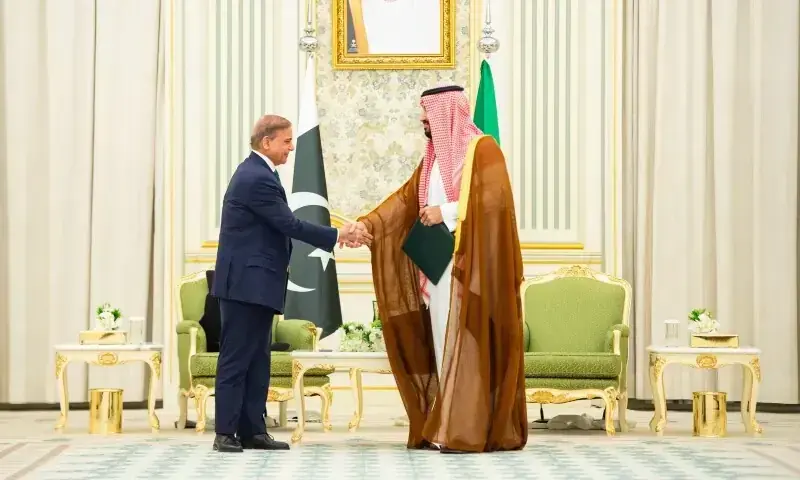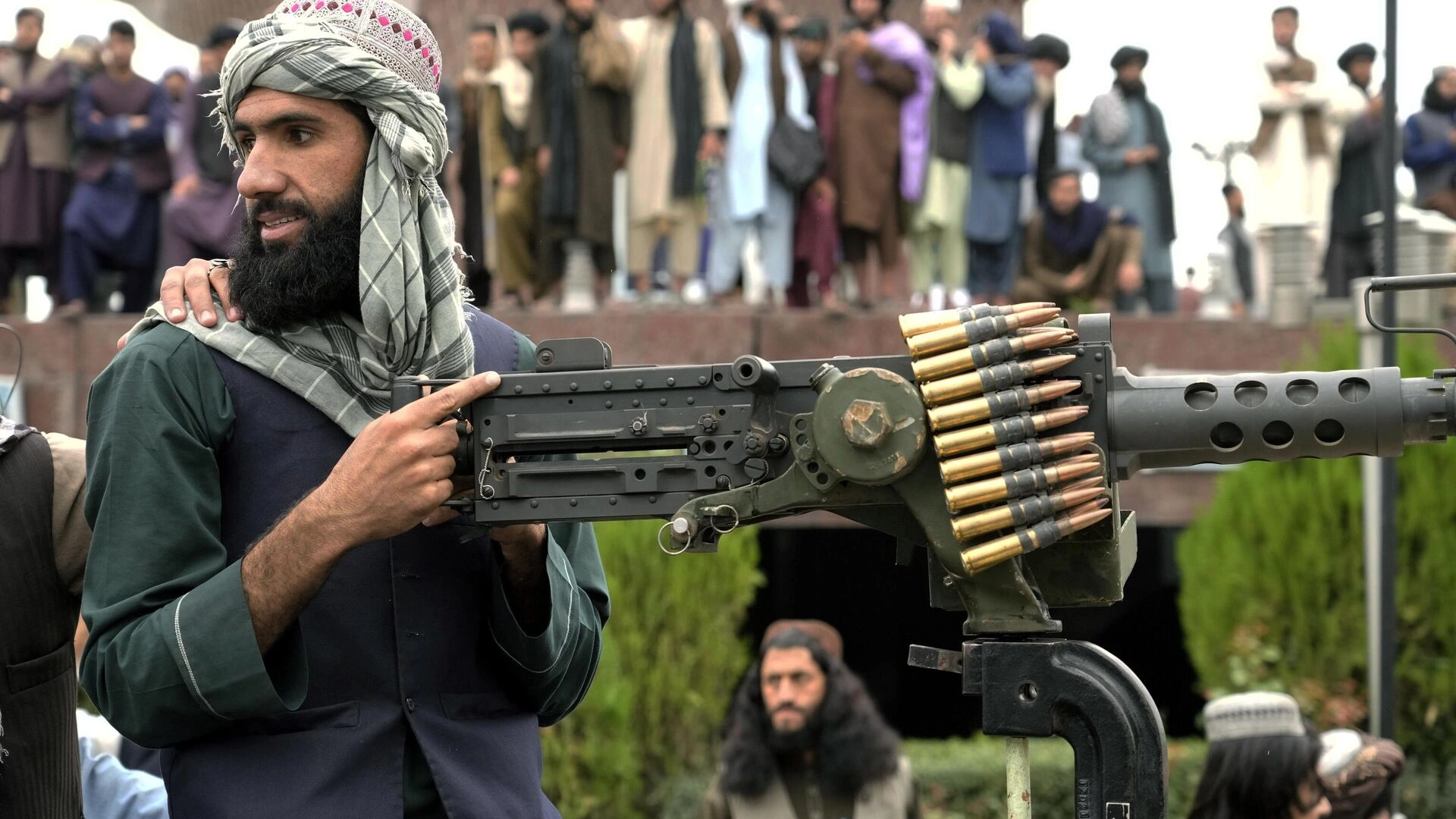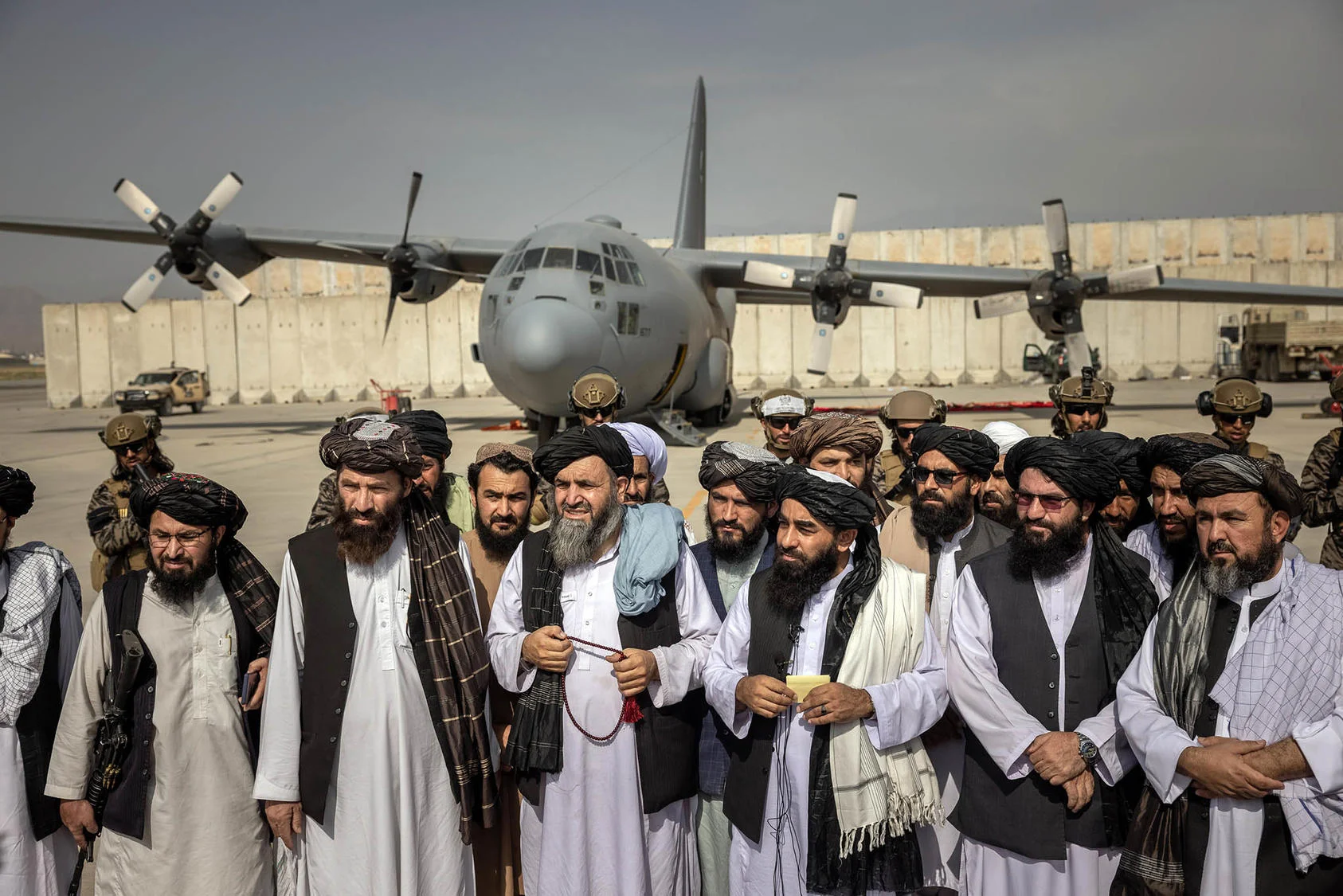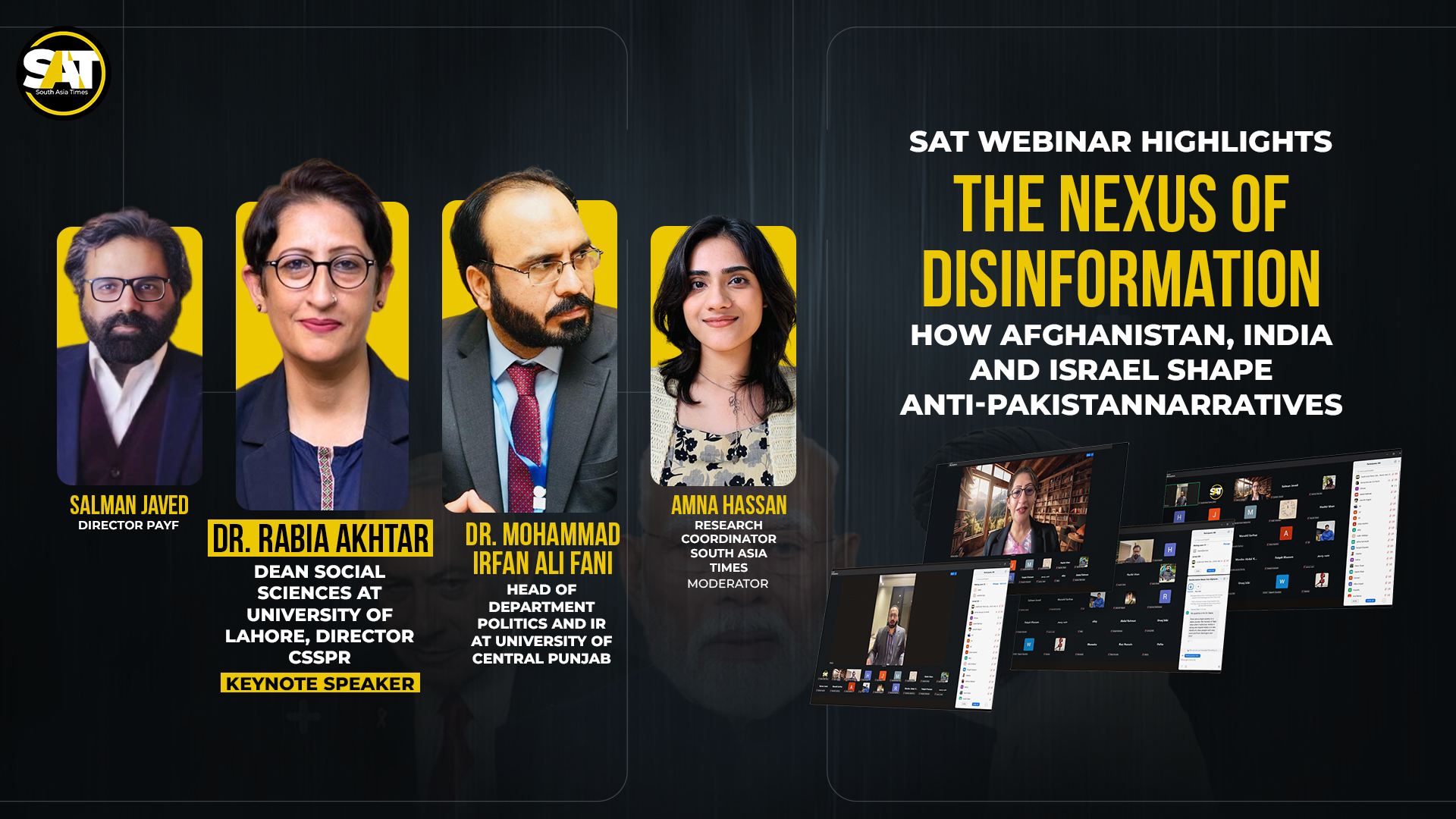“Geography gives states their destiny, but diplomacy and strategy determine whether that destiny is fulfilled or squandered.”
-Saul Bernard Cohen
The recent mutual strategic defense pact between Pakistan and Saudi Arabia marks a gigantic success not only for both states but also for the entire Muslim world. It appears to be Pakistan’s biggest diplomatic success in a long time. While the world had not expected such an unreal step from a state like Pakistan, Pakistan’s position played a miraculous role in this ongoing game of chess. The biggest question that arises is of nuclear capability, which has been retracted for now, but denial of that is yet to be admitted. Constructivism, a theory by Alexander Wendt in international relations that approaches postmodernism, can be the best possible lens to analyze how this notion can play a strategic role in the current status quo, considering the history of Pakistan–Saudi relations. The conventional capabilities of Pakistan are not hidden from the world, considering its recent success against regional skirmishes. The Middle East particularly seeks to protect itself from the Samson option of Israel, and such an enormous defense pact holds crucial importance for the entire Gulf region, which faces a direct threat. For China, which is not only vested in Pakistan through its economic interests but also holds the title of the noblest friend, and for the Trump administration’s substantial role in new projects in Pakistan, this has made Pakistan’s position more pragmatic in its phenomenal diplomacy. What is more concerning at this point is the national discourse, where every new tweet from Former PM Imran Khan is not only an effort to change the complete image of the story but is also demoralizing the diplomatic success and the army’s stake in this new strategic pact. In the bigger picture, this success undermines every other notion drawn to avert the role of Pakistan as the most significant and important regional player in a long time.
To best understand this development, International Relations theories are crucial for analyzing past patterns and anticipating the potential outcomes of such diplomatic initiatives in the future. Given that it emphasizes how identities, norms, and historical narratives influence state action beyond material calculations, a constructivist perspective is the most appropriate way to interpret the Saudi-Pakistan strategic military deal of 2025. It is one of the best theories in social theories of International Politics, which states that “Anarchy is what states make of it; alliances and rivalries are not given but socially constructed through identities, norms, and shared meanings.” The agreement formalizes the symbolic capital that both nations have historically built their relationship around: mutual protection, religious solidarity, and shared danger assessments. Alexander Wendt’s constructivism emphasizes that state interests are socially constructed rather than fixed; in this instance, Pakistan’s quest for legitimacy and leadership in the Muslim world, as well as Saudi Arabia’s reliance on Pakistan’s military might, stem from socially shared meanings rather than just hard power. The pact’s nuclear ambiguity is also a social practice: both governments intentionally leave nuclear guarantee issues unsettled in order to establish a discursive deterrent that dissuades enemies without overtly breaking non-proliferation rules. Realist theories, especially the balance-of-threat and alliance theories, however, support this view by demonstrating how the agreement addresses tangible weaknesses, such as Saudi concerns about U.S. withdrawal, Israel’s Samson option, and Iran’s possible nuclear path. The disputed narratives in Pakistan, where opposition leaders like Imran Khan use rhetoric to undermine military-driven diplomacy, are also clarified by domestic political theories. When combined, these viewpoints show that the agreement is the result of a protracted process of identity creation, strategic hedging, and securitization rather than an abrupt anomaly. It illustrates how speech and shared meanings interact with material interests, and how internal contestation, regional balance, and nuclear uncertainty all support or undermine the legitimacy of the pact. In the end, the Saudi-Pakistan pact is a multifaceted case study of how identity and power are co-constituted in international relations due to the confluence of constructivist concepts with realist logic and domestic political considerations.
In addition to changing the dynamics of Israel’s position in the Middle East, the Pakistan-Saudi defense accord has important ramifications for Pakistan’s relations with major powers like China and the US. In the book Politics Among Nations, Hans J. Morgenthau explained the importance of the balance of power by stating that “The balance of power is not merely a condition; it is a policy pursued by states to prevent domination by any single actor.” The agreement offers Pakistan a rare chance to maintain equilibrium in its ties with China, its most dependable strategic ally. Since this partnership fortifies the regional security network in which China’s economic interests are deeply ingrained, especially under the Belt and Road Initiative and the China-Pakistan Economic Corridor, Beijing is likely to see it favorably. China may also receive an indirect security guarantee for its oil supply routes from the Gulf if Saudi Arabia remains stable and cooperates militarily. As a result, the agreement strengthens Pakistan-China cooperation in preserving the security of the Gulf, guaranteeing energy supply, and thwarting competing regional alliances.
However, Pakistan’s relationship with the US may become more complicated. Pakistan’s deep military ties with the Muslim world have long caused Washington to feel uneasy, especially when they support Saudi Arabia, whose regional position frequently clashes with American Middle East policies. Although the United States may openly support Pakistan’s role in maintaining regional security, it may also be suspicious of this agreement, particularly if it seems to weaken American influence in Riyadh or fortify groups that oppose American strategic plans. In order to avoid any potential spillover toward players antagonistic to U.S. interests, Washington may exert pressure on Pakistan to restrict the extent of this relationship, especially in advanced defense technologies. Pakistan might, however, use this agreement as leverage with Washington to redefine its strategic importance and establish itself as a go-between for China, the United States, and Gulf monarchies.
The agreement also has ramifications for Israel in the larger Middle East. Under American encouragement, Saudi Arabia has been easing its way toward cautious normalization with Israel, but the strengthening of its defense ties with Pakistan, a nation that has long opposed Israel’s recognition, adds another level of complexity. Considering that the alliance emphasizes Saudi commitment to Islamic solidarity, especially in security matters, Pakistan’s engagement may postpone or weaken Riyadh’s readiness to fully embrace normalization. The United States-backed integration of Israel into the Arab security architecture may be slowed down by this development, which Israel may view as a setback. However, it might also force Israel to refocus its Gulf diplomacy, ensuring that its expanding connections with Bahrain and the United Arab Emirates make up for any reluctance on Riyadh’s part. The pact is a revolutionary step in the changing geopolitics of the Middle East because it deepens Pakistan’s strategic relationship with China, complicates but may improve its negotiating position with the United States, and introduces new calculations for Israel’s regional integration.
Stephen Walt, in his book The Origins of Alliance, said that “Alliances are fluid instruments of statecraft, formed and dissolved according to the dictates of national interests and shifting balances of power.” By offering Pakistan the opportunity to capitalize on its broader network of alliances, the Pakistan-Saudi defense pact underscores Islamabad’s evolving significance as a pivotal actor in shaping regional security and diplomatic architectures. Realistically speaking, Pakistan strengthens its position in the regional power dynamics by allying with Saudi Arabia, a strategically significant and resource-rich nation, which increases its deterrence capabilities and ensures both military and economic benefits. Pakistan can portray itself as a major security guarantor in the Muslim world thanks to this alliance, which also acts as a counterbalance to competing regional blocs.
On the other hand, liberal theory emphasizes how Pakistan can use this agreement to strengthen mutual reliance and institutional cooperation. This could go beyond military cooperation to include technology transfers, energy security, and economic investments, all of which Pakistan desperately needs. Constructivism further explains how Pakistan fortifies its position as a leader in the Islamic world, bolstering diplomatic legitimacy and soft power, especially by reaffirming ties based on cultural and religious solidarity.
Given its ties to China, Pakistan can portray this agreement as enhancing Beijing’s strategic objectives in the Gulf by guaranteeing secure oil routes and stability along the Belt and Road routes, thereby strengthening their all-encompassing strategic alliance. Although problems may develop with the United States, Pakistan can use the accord to reinforce its geopolitical importance at a time when U.S. dominance in the Middle East is being questioned, by positioning itself as a bridge between Washington and Riyadh. Pakistan can serve as a key nexus in the triangular dynamics of Saudi Arabia, China, and the US by carefully balancing these relations to avoid offending any state. In the end, this agreement allows Pakistan to expand its influence in the region, reap strategic and financial benefits, and reinterpret its position as a diplomatic mediator and security partner in international affairs.
The views expressed in this article are the author’s own. They do not necessarily reflect the editorial policy of the South Asia Times.







